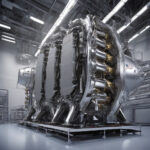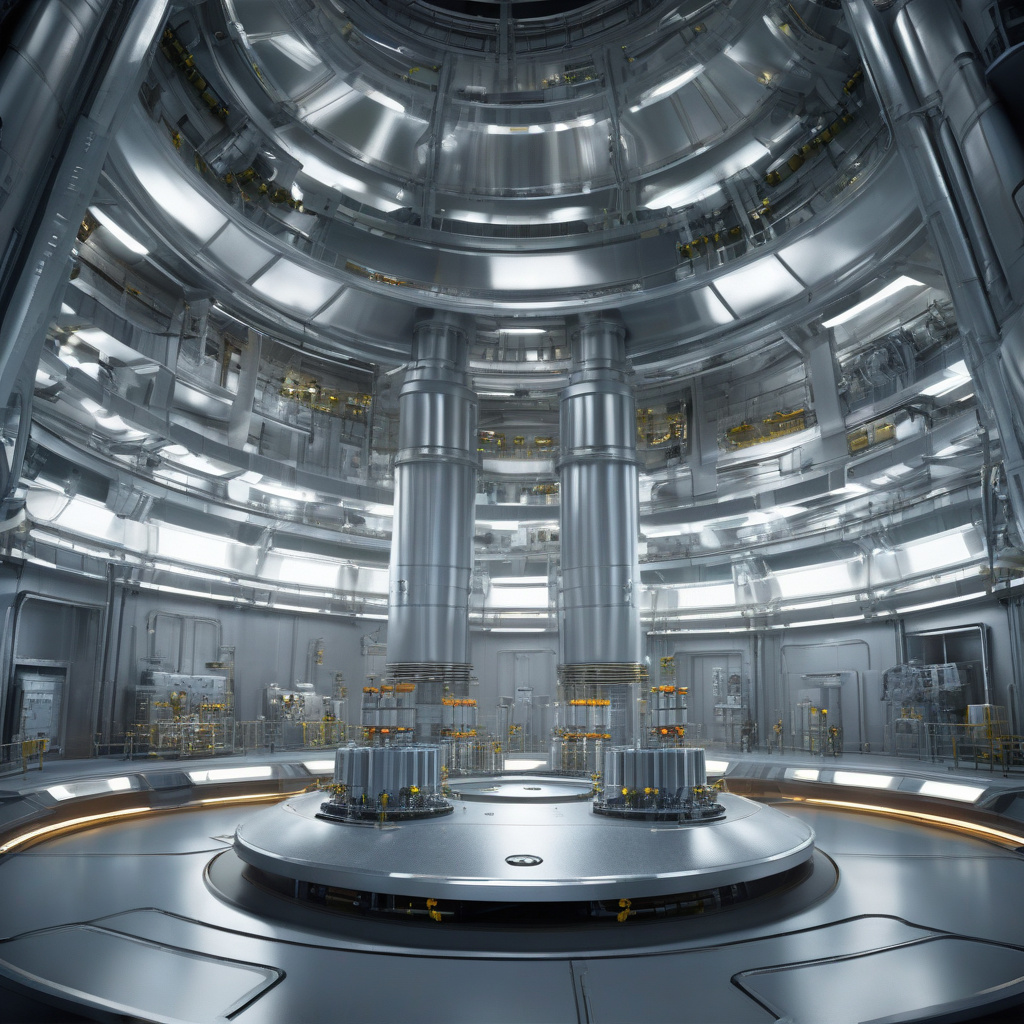Breakthrough in Nuclear Technology: New Nuclear Fuel Cladding Survives 3,452°F
A San Diego-based firm has achieved a breakthrough in the development and testing of a cutting-edge nuclear fuel cladding that can withstand temperatures as high as 3,452°F. This remarkable advancement is a game-changer in the field of nuclear energy, as traditional reactors can typically only handle temperatures up to around 572°F. The implications of this innovation are far-reaching, promising increased safety, efficiency, and sustainability in the nuclear power industry.
The firm, whose name is currently undisclosed due to proprietary reasons, has been working on this revolutionary project for several years. Their team of scientists and engineers has successfully created a new type of fuel cladding material that is not only highly heat-resistant but also incredibly durable. By subjecting the material to extreme temperatures in testing, they have demonstrated its ability to perform reliably under conditions that far exceed those experienced by conventional reactor components.
One of the key benefits of this new nuclear fuel cladding is its potential to significantly enhance the safety of nuclear power plants. The ability to withstand temperatures of 3,452°F provides an unprecedented level of resilience to the cladding, reducing the risk of failure or meltdown in the event of a system malfunction. This increased safety factor is crucial in gaining public trust and regulatory approval for the expansion of nuclear energy as a clean and reliable power source.
In addition to the safety advantages, the enhanced durability of the new fuel cladding offers economic benefits as well. With the ability to operate at much higher temperatures, nuclear reactors utilizing this technology can achieve greater efficiency in power generation. This means higher energy output from the same amount of fuel, resulting in cost savings and improved competitiveness in the energy market. The longevity of the cladding also reduces the frequency of maintenance and replacement, further driving down operational costs.
Furthermore, the sustainability of nuclear power is bolstered by this advancement in fuel cladding technology. By increasing the efficiency and safety of nuclear reactors, the new material contributes to reducing greenhouse gas emissions and reliance on fossil fuels for electricity generation. As the world seeks cleaner and more sustainable energy solutions to combat climate change, innovations like this play a crucial role in promoting the transition to low-carbon power sources.
The successful development of a nuclear fuel cladding that can survive temperatures 6 times hotter than those in traditional reactors marks a significant milestone in the advancement of nuclear energy technology. While there are still challenges to overcome and additional testing to be done before widespread implementation, the potential benefits are clear. Increased safety, improved efficiency, and enhanced sustainability make this innovation a promising step forward in the ever-evolving landscape of nuclear power.
In conclusion, the breakthrough achieved by the San Diego-based firm in creating a high-temperature-resistant nuclear fuel cladding has the potential to reshape the future of nuclear energy. With its implications for safety, efficiency, and sustainability, this innovation represents a major leap forward in advancing clean and reliable power generation. As the technology continues to progress, we can look forward to a greener and more sustainable energy sector powered by cutting-edge nuclear solutions.
nuclear, technology, innovation, energy, sustainability












